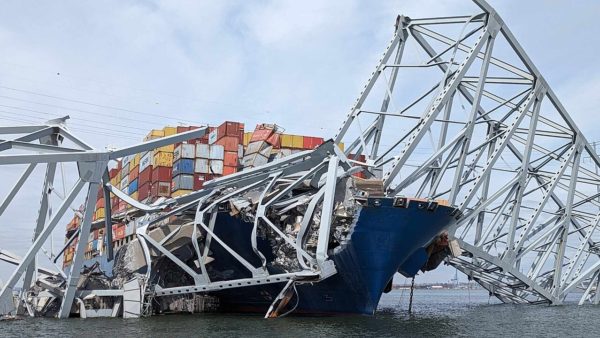US President Joe Biden’s bipartisan Infrastructure Investment and Jobs Act (IIJA) will save the average American household nearly $700 a year in the coming two decades, but that gain will disappear if Congress lets it expire in 2026, says a report by the American Society of Civil Engineers (ASCE).
It says the IIJA’s $1.2 trillion funding windfall for surface transport, ports, water, and energy was needed to stop the big gap in infrastructure investment from growing bigger, but a “snapback” to pre-IIJA spending levels will make the gap grow again, hurting business and households.
“Our needs have continued to grow for decades, and only just recently, in the past few years with the IIJA and IRA [Inflation Reduction Act], have we seen a renewed investment in infrastructure,” Darren Olson, chair of ASCE’s Committee on America’s Infrastructure, told the association’s Civil Engineering Source.
“But it’s a down payment. It’s the start of the process to slow the growth of the gap, but because we have not done this for so long, it is impossible to significantly impact the gap without a long-term sustained investment.”
The report sees two possible scenarios over the next 20 years.
It calls the first “Continue to Act”, where the IIJA funding levels are the minimum for future.
The second is the “Snapback” scenario, where investment returns to pre-IIJA levels when the act expires in 2026.
Even with continuing to act, the investment gap costs industry $3.1 trillion between now and 2033, lowers GDP by $1.5 trillion, and cuts $1.7 trillion off total disposable household income.
But snapping back costs more: $4.4 trillion for industry, $2.2 trillion off GDP, and $2.2 trillion off household incomes, the report finds.
“We failed to prioritise America’s infrastructure systems for decades, and those costs were passed down to businesses and consumers alike,” ASCE president Marsia Geldert-Murphey told Source.
“Federal action has made substantial progress in stopping the growth of our needs, but this is just the beginning.
“We need continued action at the federal level and collaboration from state and local governments and the private sector if we are going to succeed in transforming our ageing infrastructure network to be more sustainable, resilient, and best suit the future needs of American households and businesses.”
The post Biden’s largesse is just the start in fixing US infrastructure, civil engineers say appeared first on Global Construction Review.


